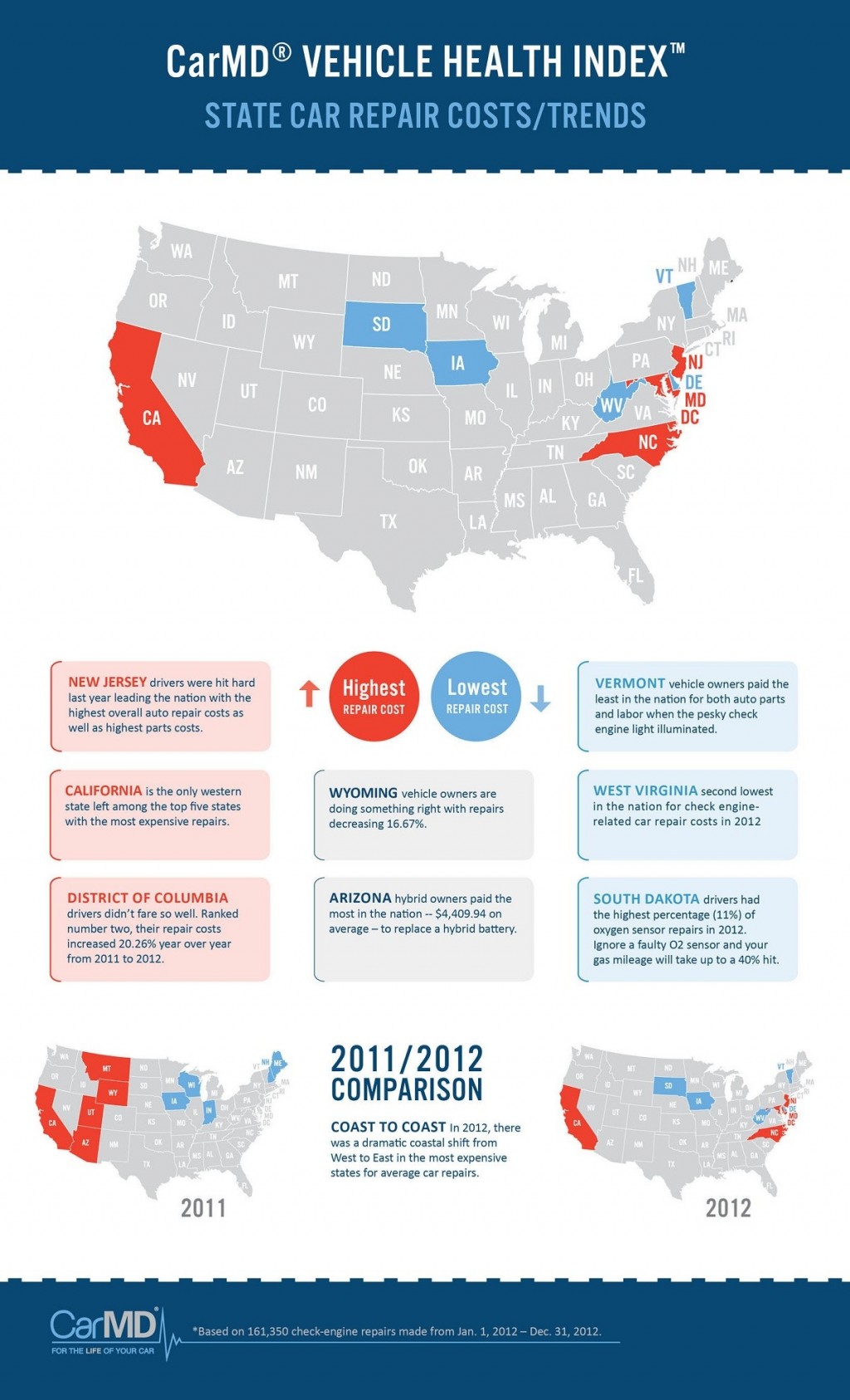Looking For Clarity On The Warning Lights Presented On Your Cars And Truck'S Dashboard? Learn Just How They Relate To Your Car'S Health And Safety
Looking For Clarity On The Warning Lights Presented On Your Cars And Truck'S Dashboard? Learn Just How They Relate To Your Car'S Health And Safety
Blog Article
Authored By-Boye Winters
When you're behind the wheel, those radiant caution lights on your control panel can be a bit complicated. Do you understand what they're trying to inform you concerning your auto's wellness? Understanding the importance of these lights is vital for your safety and security and the durability of your car. So, the following time one of those lights appears, would not you want to decode its message accurately and take the essential steps to address it?
Common Caution Lights and Interpretations
Recognize usual warning lights in your automobile and recognize their definitions to ensure secure driving.
One of the most regular warning lights include the check engine light, which signals problems with the engine or exhausts system. If this light begins, it's crucial to have your automobile checked promptly.
The oil stress cautioning light indicates reduced oil stress, needing instant attention to avoid engine damages.
https://www.repairerdrivennews.com/2022/05/18/california-doi-answers-repairers-questions-on-labor-rates-parts-requirements-oem-procedures/ blinking battery light could suggest a damaged charging system, possibly leaving you stranded otherwise resolved.
The tire stress surveillance system (TPMS) light alerts you to low tire pressure, influencing vehicle security and fuel effectiveness. Overlooking this might lead to harmful driving problems.
The abdominal muscle light shows a problem with the anti-lock braking system, compromising your capability to stop swiftly in emergency situations.
Lastly, cardetailer cautioning light warns of engine overheating, which can cause extreme damages otherwise fixed promptly.
Understanding these usual warning lights will help you resolve problems promptly and maintain secure driving problems.
Importance of Prompt Interest
Understanding the common caution lights in your vehicle is only the primary step; the value of promptly dealing with these warnings can not be stressed enough to ensure your safety when driving.
When a warning light illuminates on your control panel, it's your vehicle's method of connecting a prospective issue that requires attention. Ignoring these warnings can result in extra severe troubles down the road, compromising your safety and security and potentially costing you more in repairs.
Prompt interest to advising lights can prevent failures and accidents. As an example, a flashing check engine light can show a misfire that, if left ignored, might create damage to the catalytic converter. Resolving this promptly can conserve you from a pricey repair.
In a similar way, a brake system cautioning light could signify reduced brake liquid or worn brake pads, vital elements for your security when driving.
Do It Yourself Troubleshooting Tips
If you see a warning light on your control panel, there are a couple of do it yourself troubleshooting pointers you can attempt before looking for expert assistance.
The very first step is to consult your cars and truck's manual to understand what the certain warning light suggests. Often the concern can be as straightforward as a loose gas cap setting off the check engine light. Tightening up Continue Reading might solve the trouble.
Another usual problem is a low battery, which can trigger different advising lights. Checking car shampoo vacuum for deterioration and guaranteeing they're secure may deal with the trouble.
If a warning light continues, you can try resetting it by disconnecting the cars and truck's battery for a couple of mins and then reconnecting it. Furthermore, examining your car's fluid degrees, such as oil, coolant, and brake fluid, can assist fix warning lights associated with these systems.
Verdict
Finally, understanding your cars and truck's caution lights is crucial for keeping your vehicle running smoothly and safely. By immediately addressing these signals and understanding what they imply, you can stay clear of expensive fixings and possible malfunctions.
Remember to consult your automobile's guidebook for particular information on each cautioning light and take action accordingly to make sure a hassle-free driving experience.
Stay notified, remain secure when traveling!
